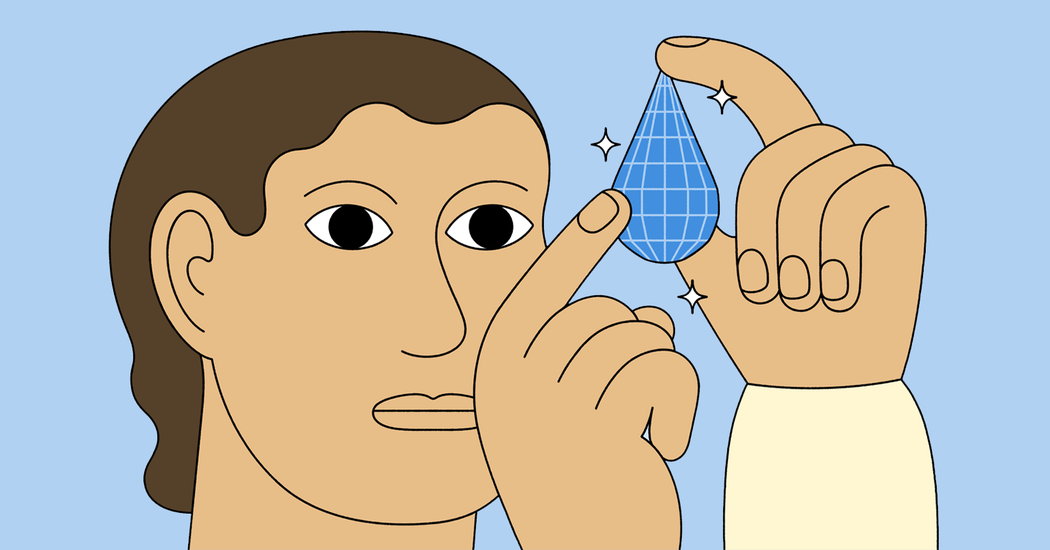Crying is a quintessential human experience. Claire Danes does it. Kim Kardashian does it. Even Michael Jordan does it. And no matter how long it has been since you last shed a tear, there is no doubt that you’ve done it, too.
Other species produce tears, but ours is the only one that scientists believe consistently cries not just to lubricate and protect the eyeballs, but also to express emotion — like after a breakup, at graduation ceremonies and while watching “The Notebook.”
While they are one of the few things that make us uniquely human, in many ways, emotional tears remain an enigma. Research has revealed that our emotions are even more complicated than neuroscientists once thought; there is no one area of the brain that’s responsible for feelings of sadness or anger, for instance. And scientists have yet to scan people’s brains to see what happens while they are crying.
Still, some progress has been made to help us understand human tears — to grasp what they’re made of, why we create them (some of us more than others) and why producing them can help us feel better.
The three types of tears
Practically any creature that has eyeballs produces two sets of tears: basal and reflex. Basal tears keep the eye moist, while reflex tears are meant to protect the eye from irritants like dust.
/**/
/* full bleed header hack */
/**/
header picture img {
max-height: 122vw;
}
@media (min-height: 500px) {
header figure.sizeFull > div {
padding-top: 50px;
background-color: #b2d1f2;
}
}
header h1 {
margin-top: 0.25em !important;
}
